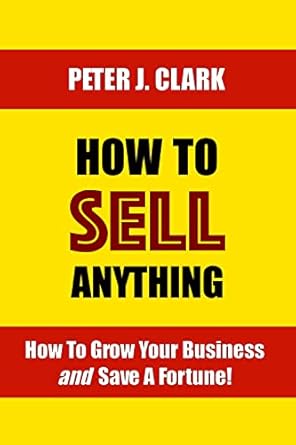Promotional merchandise adds lasting brand value
Promotional merchandise can deliver a higher ROI than radio and outdoor advertising, and a return that at least equals TV and print advertising, according to a survey by the BPMA (British Promotional Merchandise Association).
The BPMA observed that promotional merchandise can be a cost-effective form of promotion because, while radio ads and advertising hoardings have a relatively comparable cost per impression, those channels have a higher cost of entry and require far larger sums to be spent overall.
According to BPMA director Stephen Barker, "With an average cost per impression of £0.003, promotional items achieve a comparable ROI to media requiring a much larger outlay, and this enables companies with a modest marketing budget to 'punch above their weight' in terms of the level of exposure achieved."
For example, the BPMA's figures show that the cost per impression for a mug is £0.001, a mid-range pen is £0.001, a calendar is £0.004, a USB memory stick is £0.005, and an umbrella is £0.003. So, with an average cost per impression of £0.003, these figures compare well with other media, with TV costing £0.008 per impression, radio costing £0.003 and advertising hoardings costing £0.003.
The survey also examined how much consumers' opinions change after receiving a promotional item, giving a measure of how such products can affect feelings, perceptions and buying activity. More than half (56%) said they felt "more favourable toward the brand or company" and, when asked how much more or less likely they were to do business with the company in the, more than three quarters (79%) said they were more likely to do so.
While 84% of consumers confirmed that a branded promotional gift increases their awareness of a brand, 63% said they preferred to receive a promotional gift with logo branding on it while only 37% said they prefer to receive an unbranded gift.
Nearly half (45%) of the consumers surveyed said they would most like to receive a USB memory stick, while 39% would like a pen, 39% would like an electrical item and 36% would like a mug. When asked what types of promotional gift they found most useful, nearly two thirds (64%) cited USB memory sticks, 61% cited writing instruments, and 54% cited mugs.
Interestingly, 18% of consumers said they had kept a mug for the longest period of time, 15% a USB memory stick, and 12% a pen. One third (33%) said they had kept a promotional item for between one and two years, and 30% had kept such an item for between three and four years.
At the same time, 44% of consumers recalled receiving a pen during the past 12 months, 34% remembered receiving a mug, and 31% recalled receiving a calendar, while the receipt of USB memory sticks and stationery items during that period were recalled by 22% and 18% respectively.
Barker concluded: "Usefulness is one of the core reasons for people retaining promotional merchandise and is a key factor in it being used time and time again, providing an ongoing reminder of the brand that gave it. No other form of media can give the advertiser such a close tie between the benefits to the user and the brand and message."
Sources: BPMA British Promotional Merchandise Association / The Marketing Factbook.
Copyright © 2011 - 2025 The Marketing Factbook.
Categorised as:
- Customer Experience
- Knowing The Customer
- Marketing Know-How
